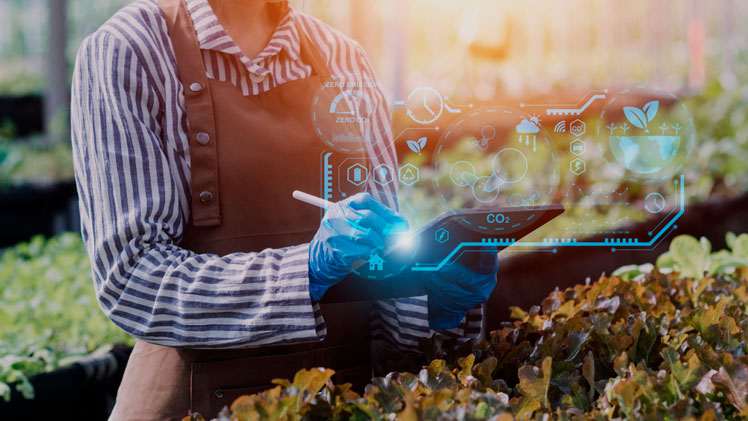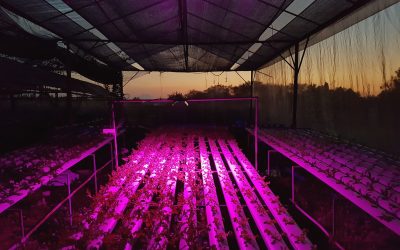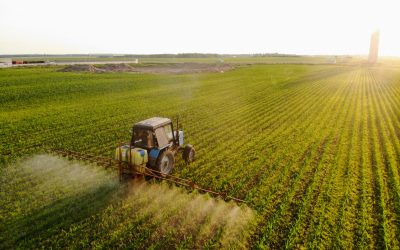A technological leap that revolutionizes the way we farm. From automation to crop anticipation, we will explore how this evolution redefines agricultural efficiency.
The reality of agriculture has undergone a significant change thanks to the implementation of automated and digitized processes. The introduction of these Stage 3.0 practices has streamlined and modernized our approach to agricultural work, allowing us to leverage technological advances such as computer vision, machine learning, the Internet of Things (IoT) and sensor technology in agronomy. The abundance of data collected during this period has been staggering, exceeding our expectations.
We are now in a crucial transition to agriculture 4.0, marked by the maturation and advanced processing of the digital data obtained in the previous stage. This Big Data not only drives precision in production and yield applications, but also opens up new possibilities with emerging technologies such as quantum computing and Artificial Intelligence (AI) in the agri-food sector.
The shift from 3.0 to 4.0 agriculture redefines the initial paradigm of pursuing faster and more abundant agriculture. Now, it is about understanding that each piece of data collected contributes to fairly address the economic reality of the field, minimizing the use of agricultural applications and reducing the environmental impact.
The Age of Big Data
The figures collected since 2020 are shocking, surpassing all of human history in agricultural data collection. Projections indicate that these figures will triple by 2025, reflecting a quantitative and qualitative leap in the agricultural industry.
The information collected offers unprecedented accuracy, replacing estimates based on intuition and past experience. These data guide the correction of failures, the efficient allocation of resources at each stage and the accurate evaluation of successes in agricultural actions.
Optimization and Sustainability
Data guides us to anticipate crop results, allowing us to maximize production, reduce costs and mitigate environmental impact. Agriculture 4.0 distinguishes itself by doing more with less effort, optimizing yields and minimizing the use of inputs. Through the volatility of cycles, profitability is maintained.
In short, this data empowers agricultural stakeholders to make more effective decisions in the future, overcoming past practices and embracing an era of smarter, more sustainable agriculture.




